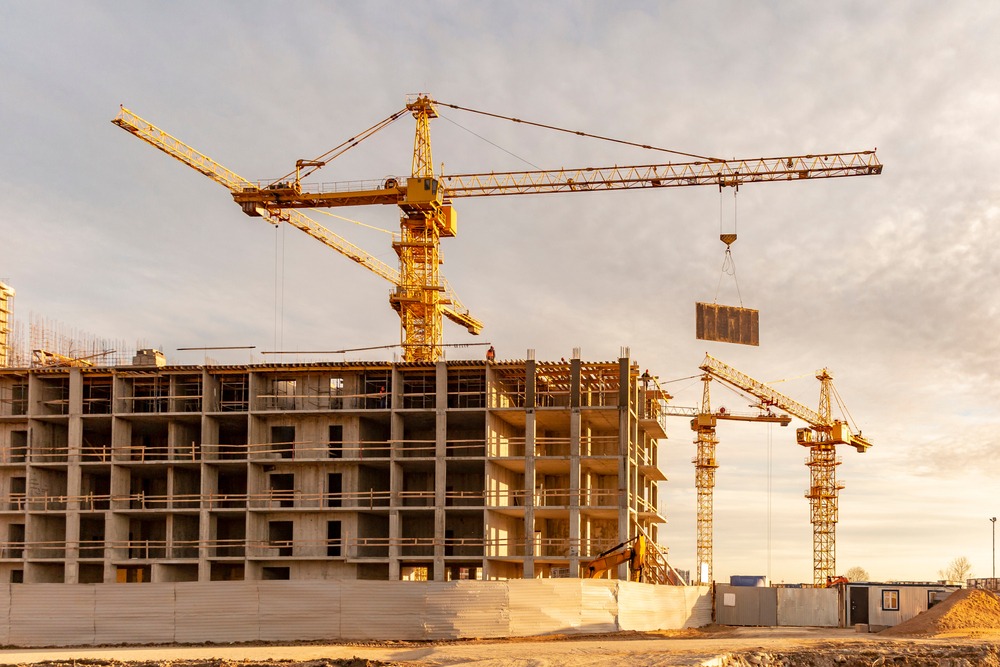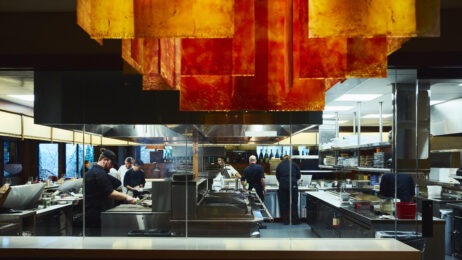Increased activity in the Americas sign of shift in hospitality industry trends
What if we told you that across Latin America, the number of guest rooms in the hotel construction pipeline topped 90,000, a 2% increase over last year, led by the growing hospitality footprint in Mexico City? How about the news that 283 projects totaling more than 37,000 guest rooms are in some stage of planning or building in Canada, a 10% increase in projects and a 5% increase in the rooms pipeline since last year? That sounds like hope that the compression in meeting space in the Americas may soon get better, right? The answer is “yes” and “no.”
Bruce Ford, senior vice president and director of global business development with Portsmouth, New Hampshire-based Lodging Econometrics, which released a series of reports this month with insights on construction, renovation and conversions across the world, helped put the data into context.
“When we say the pipeline is increasing, it simply means that the number of rooms in the active pipeline—including under construction, scheduled to start in the next 12 months and early planning—is growing,” he said. One reason for the fat hose is that many of the hotels that were proposed and broke ground over the last few years were delayed due to financing, supply and inflation challenges, bulking up the statistics without delivering results in the expected timeline. “They stick there and new project announcements go on top of that,” he said. “I wouldn’t call it organic growth.”
What is happening at record speed is that hotel brands are signing new franchise agreements at a rapid pace in a quest for revenue. That is leading to record conversions.
Brand Explosion
The other underlying condition in the check-up on the health of hospitality construction is a boom in hotel brand introductions. “Since 2017, in the United States, 135 brands have premiered,” Ford reported.
All those new Caption by Hyatts and Spark by Hiltons and a host of extended-stay brands “are going to gobble those markets up because they have free cash to do so,” said Ford. Franchisees are locking up sites and brands are being lenient about the amount of time they have to get to ribbon cutting in prime markets.
Read More: Loyalty Points and the Death of Independent Hotels
Home2 Suites by Hilton is in 557 locations in the United States, has 91 properties under construction, 99 scheduled to begin in the next 12 months and 356 projects in early planning, which would mean they’re more than a year from construction start. “That is an example where the pipeline is actually bigger than the number of hotels that they have open.”
Not all of the rolled-up drawings are select-service properties, either. “There are more select-service brands and therefore more locations and you build them smaller, but more frequently,” Ford conceded, before adding: “A pretty good percentage are upper-upscale or luxury.”
A total of 53 luxury properties with 13,158 rooms are under construction in the United States, 112 upper-upscale hotels with 26,009 guest rooms. That’s almost 40,000 rooms under construction out of 116,800. “That’s actually a pretty robust percentage,” Ford said.
Part of the reason for the high-end bulking-up is also because of the stretched-out timelines and some new brands in that area. Virgin Hotels, expansion of the Kimpton portfolio and Hyatt luxury brands are all notable, not to mention some new Marriott Renaissance and Westin debuts. Some are resorts and some are urban, but they are on the way.
“We were very much in the midst of quite a development rush at the beginning of the pandemic, and where some those have opened, some of those have kind of remained at a slower pace during the pandemic and just took a little longer,” he concluded.
Global Variations
Ford described Mexico as one of the hottest markets in the world right now. “People are buying hotels, building hotels and renovating hotels because Mexico was pretty open to most travelers during the pandemic,” he said. “Mexican resorts did very, very well during the pandemic. So now they’re reinvesting in those assets and renovating them now.”
Read More: Eastern Mexico: Mexican Caribbean-Style Rewards
Panama, the Dominican Republic and Puerto Rico saw redevelopment as a result of rebuilding from hurricanes.
Canada opened the borders a little faster than other countries but still trails the United States significantly. The country also had more construction moratoriums than the average country during the pandemic so long-delayed projects are now coming to fruition.
The next area of the world that may see the swell come back is probably the Middle East, then Europe, and then Asia Pacific, Ford predicted.
Raising the Bar
Another trend worth raising a planner’s eyebrow is an intentional push to improve quality assurance scores. “As guests, we know several hotels need a few dollars to be put into the quality of the asset,” Ford said, understating the obvious. The hotel brands are reading the review telling franchisees they have to put in the work. There will be no more waivers and if it isn’t completed on time, they will pull the flag.
“The investment in existing portfolios is really quite unprecedented,” said Ford. Annually, each of the next three years, he predicted nearly 400,000 rooms will be renovated or converted in the United States.
Also increasing is prices. Ford estimated that hospitality has seen a rate increase of 25% over 2019 levels, but a lot of that has been sucked up in the cost of doing business because it is so difficult to find people to work in hotels and restaurants.




